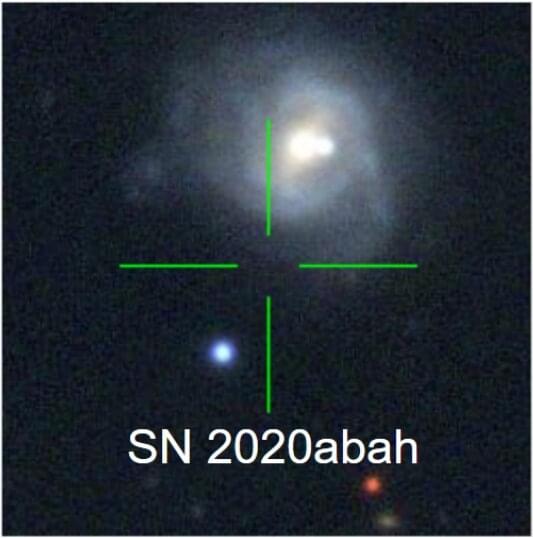An international team of astronomers reports the detection of 12 new long-rising Type II supernovae as part of the Zwicky Transient Facility (ZTF) Census of the Local Universe (CLU). The discovery, published June 1 on the arXiv pre-print repository, nearly doubles the number of known supernovae of this subclass.
Type II supernovae (SNe) are the results of rapid collapse and violent explosion of massive stars (with masses above 8.0 solar masses). They are distinguished from other SNe by the presence of hydrogen in their spectra. Based on the shape of their light curves, they are usually divided into Type IIL and Type IIP. Type IIL SNe show a steady (linear) decline after the explosion, while Type IIP exhibit a period of slower decline (a plateau) that is followed by a normal decay.
Some Type II SNe are characterized by their unusual long rises to peak—lasting more than 40 days. Observations suggest that, in general, such long-rising SNe originate from more compact (with radii below 100 solar radii), massive (with masses of about 20 solar masses) stars, and have higher explosion energies. However, although three decades have passed since the discovery of the first long-rising Type II SNe, designated SN 1987A, only 16 explosions of this subclass have been identified in the local universe.










Comments are closed.